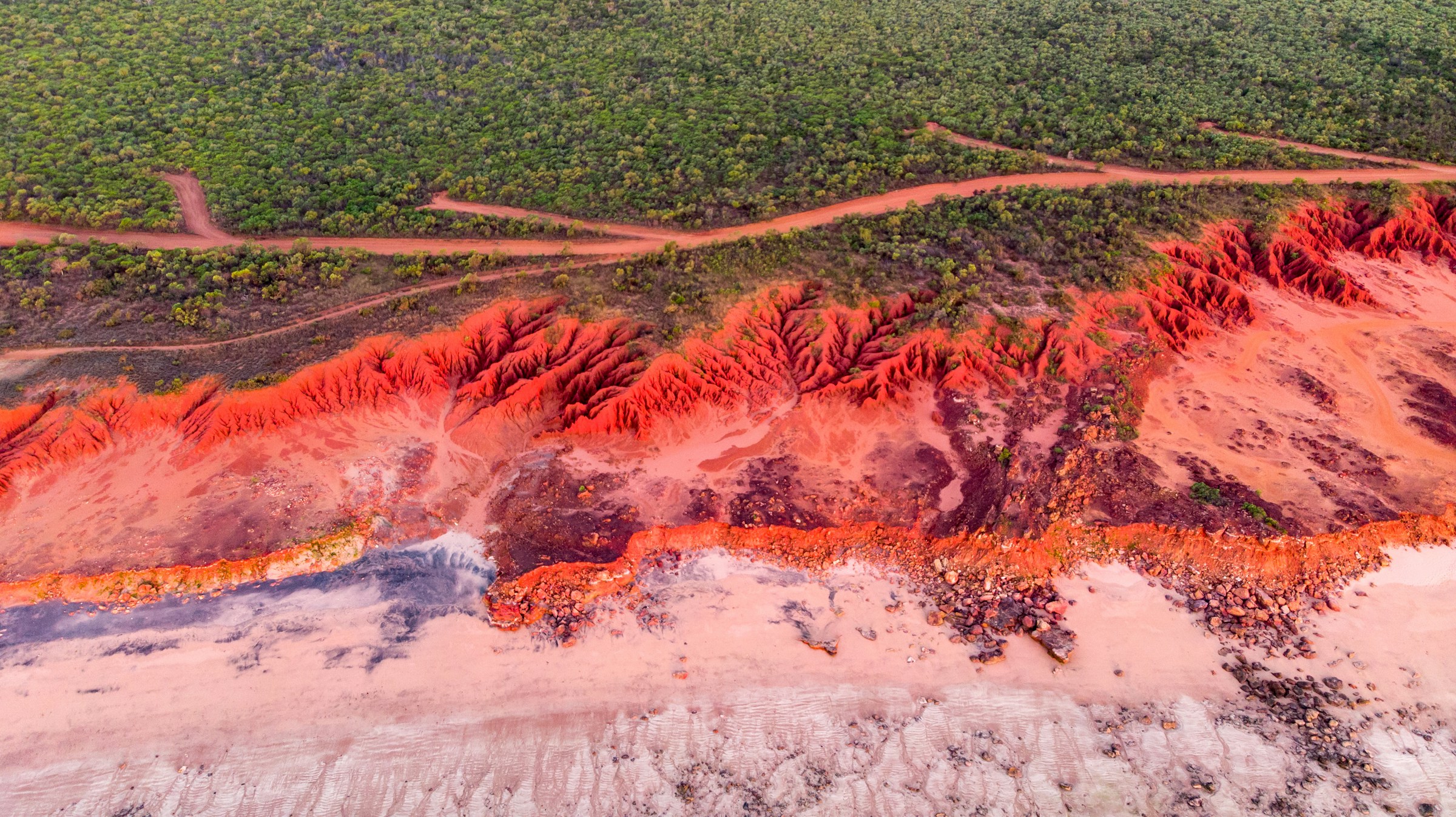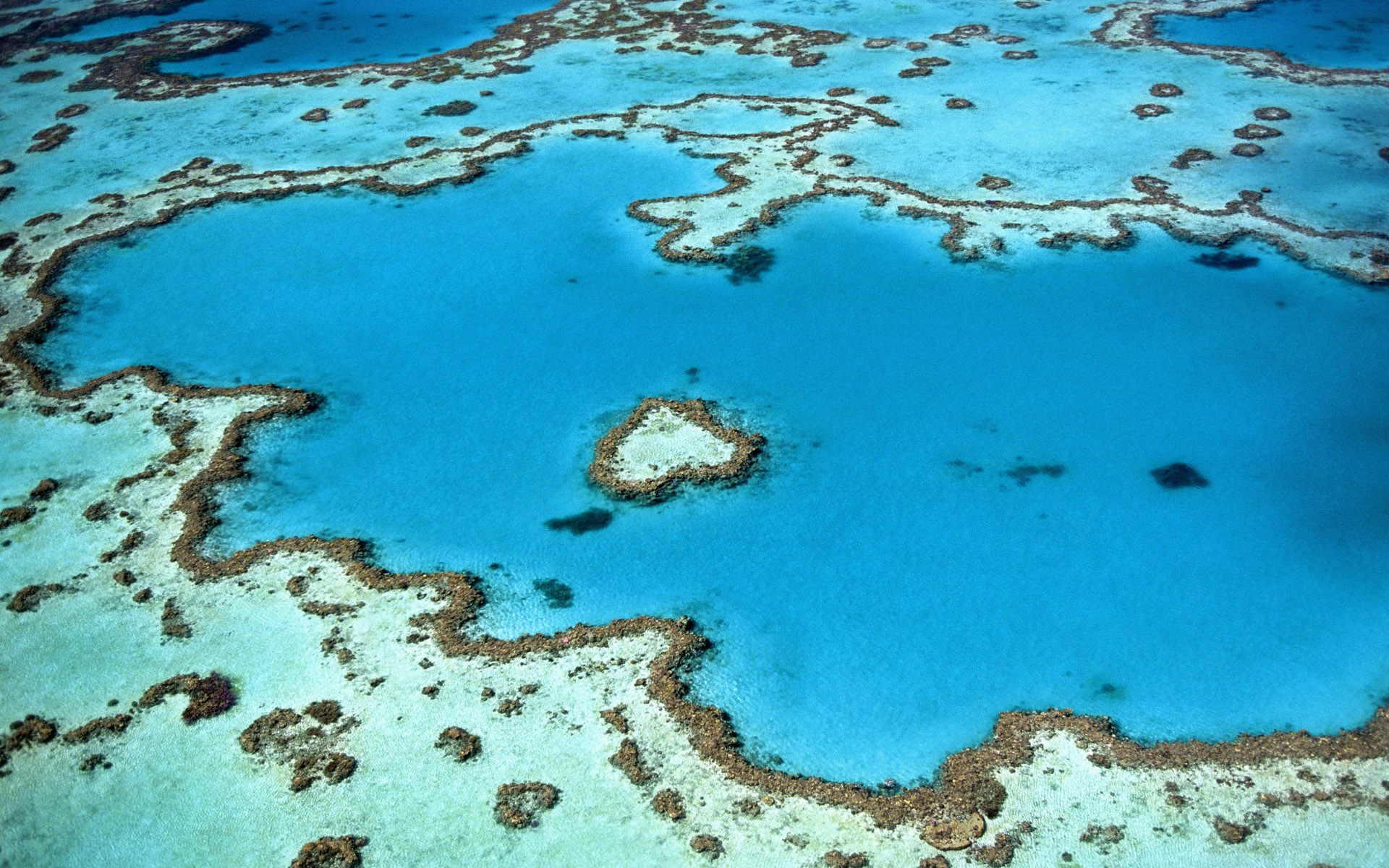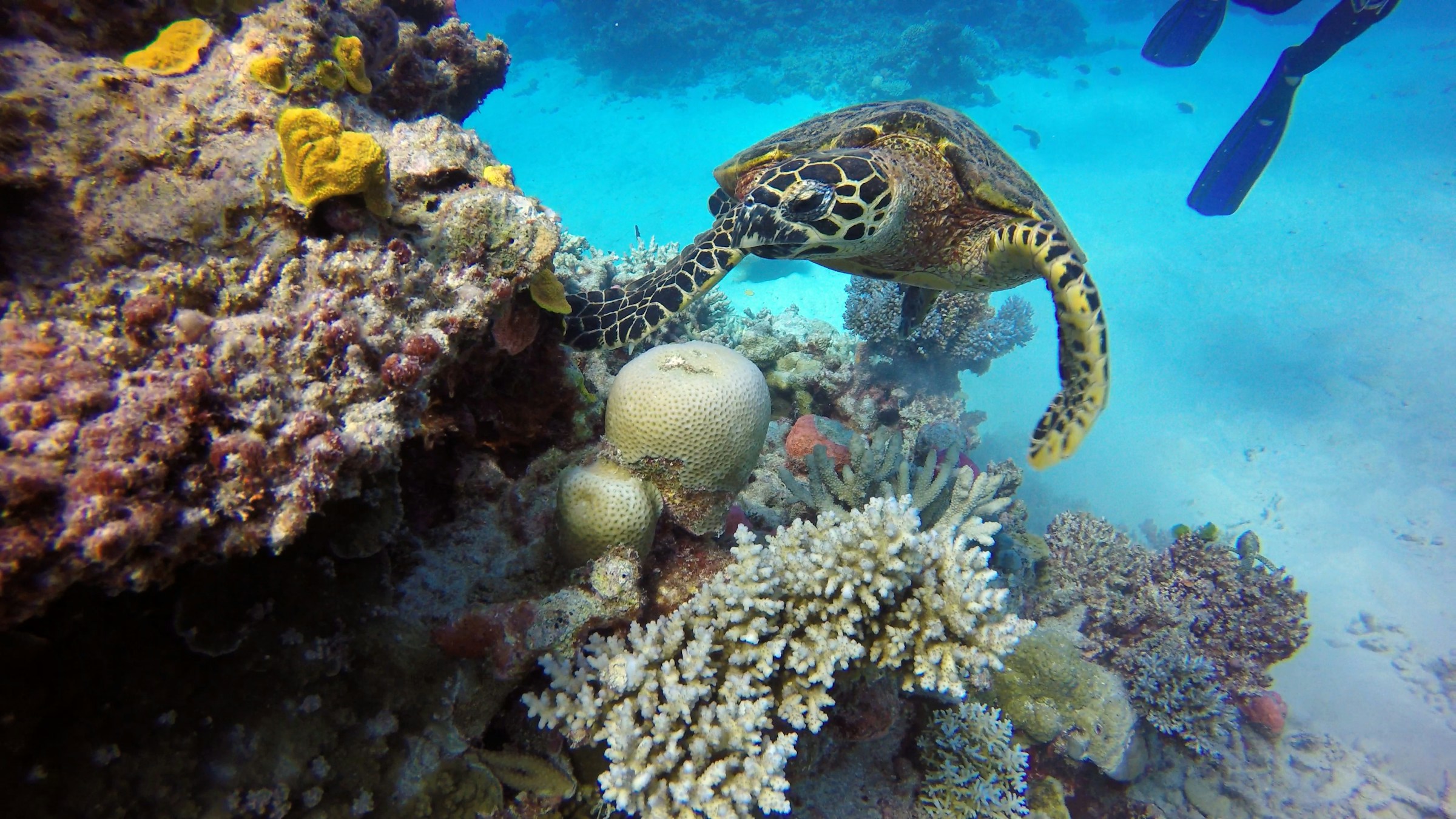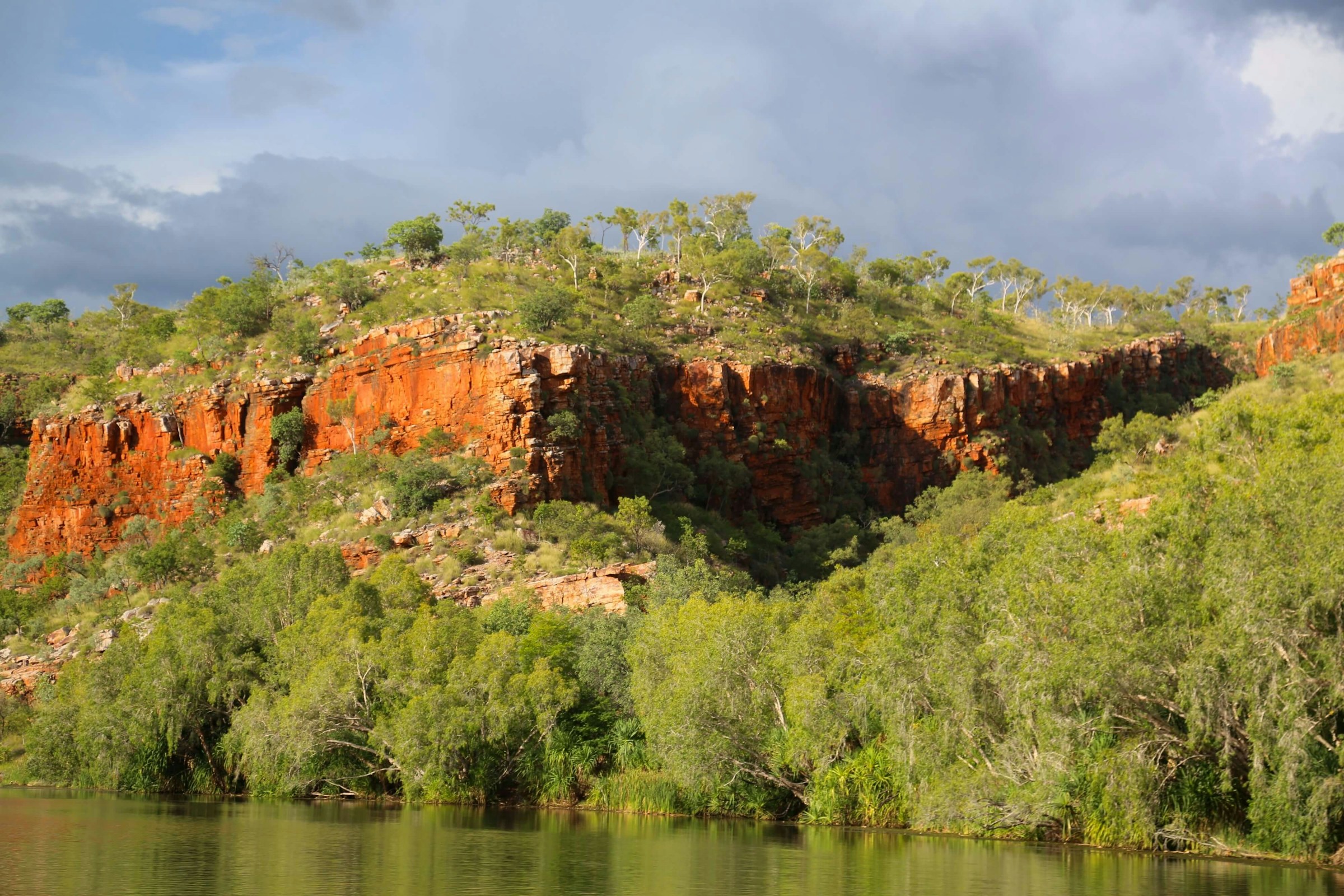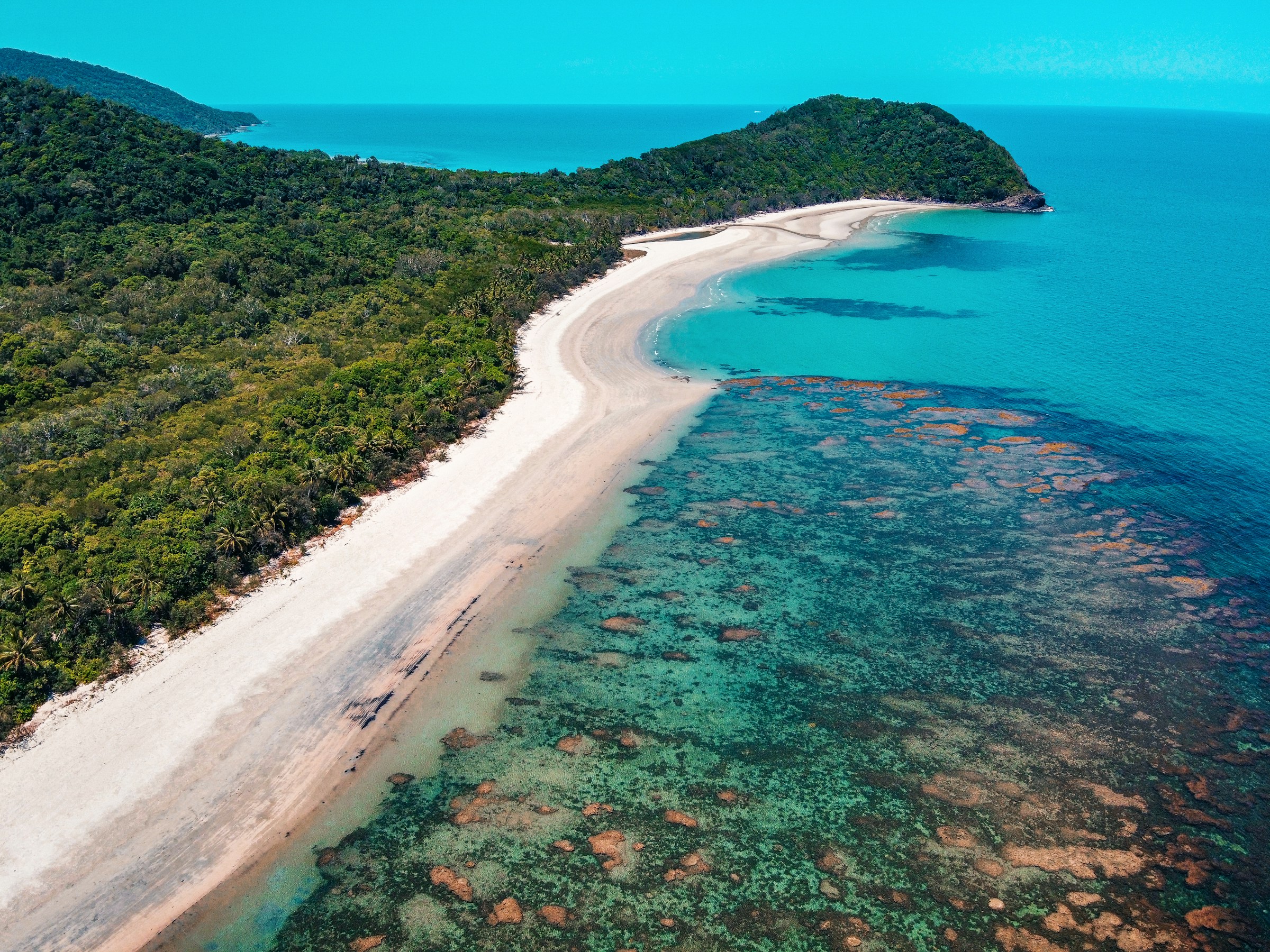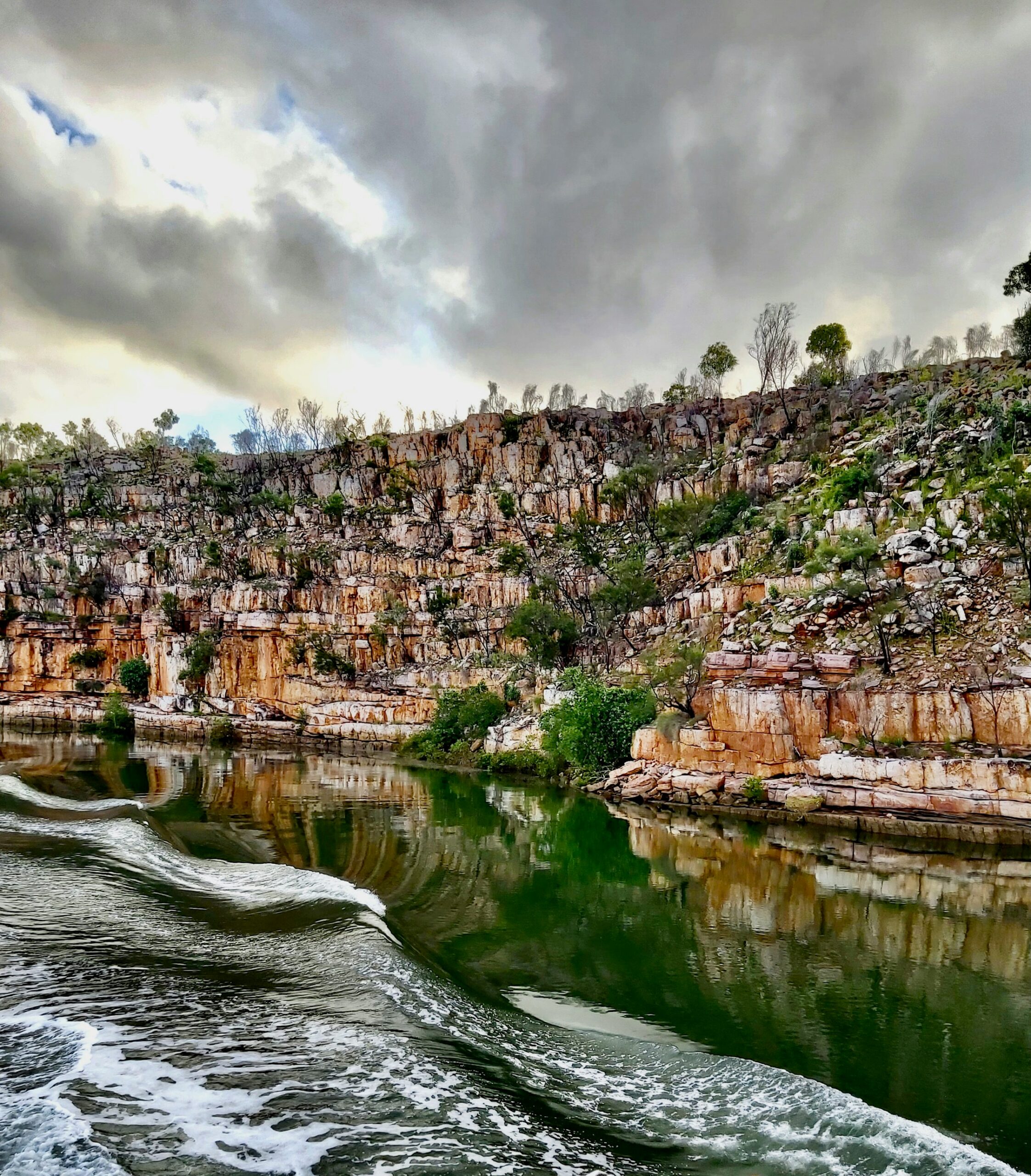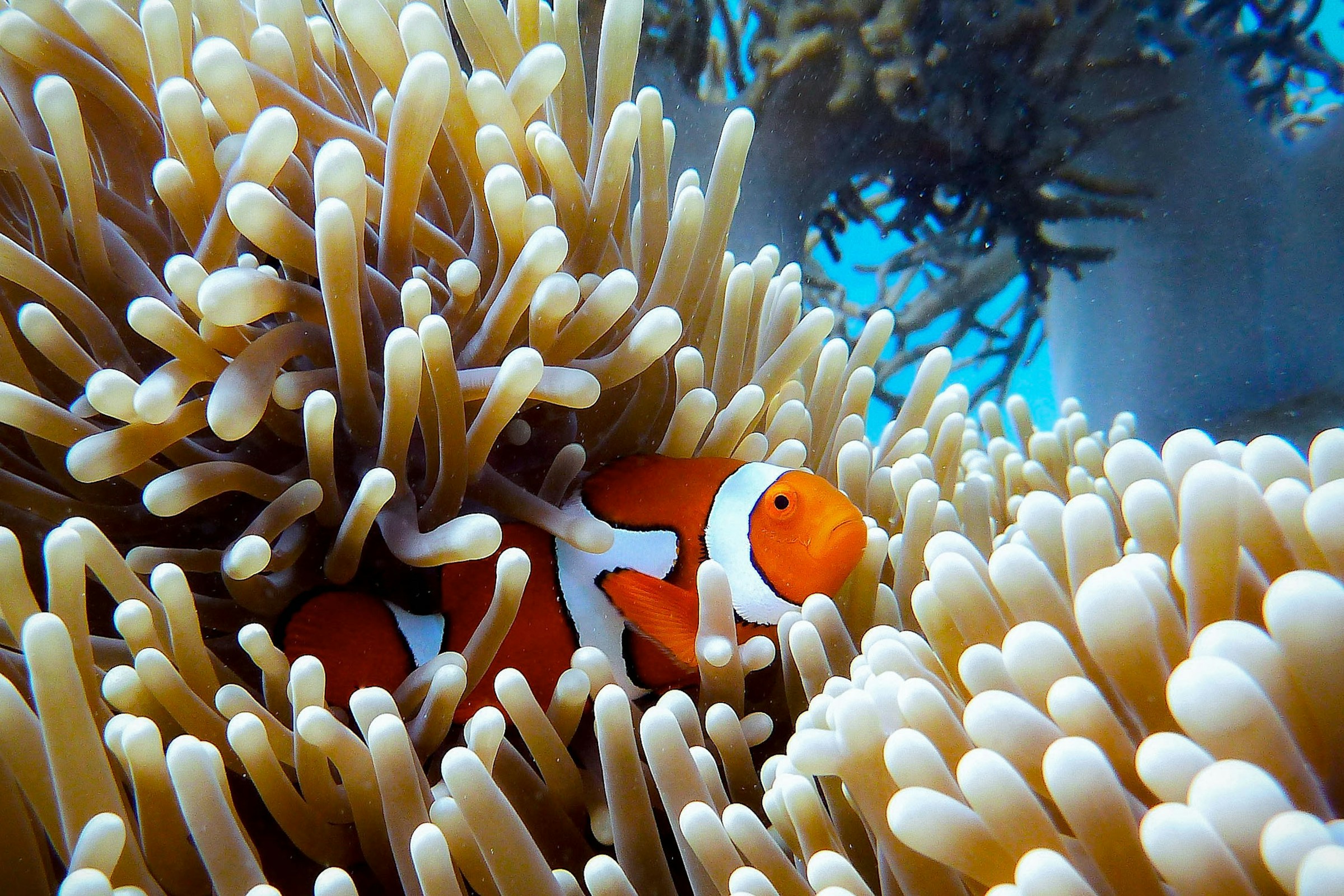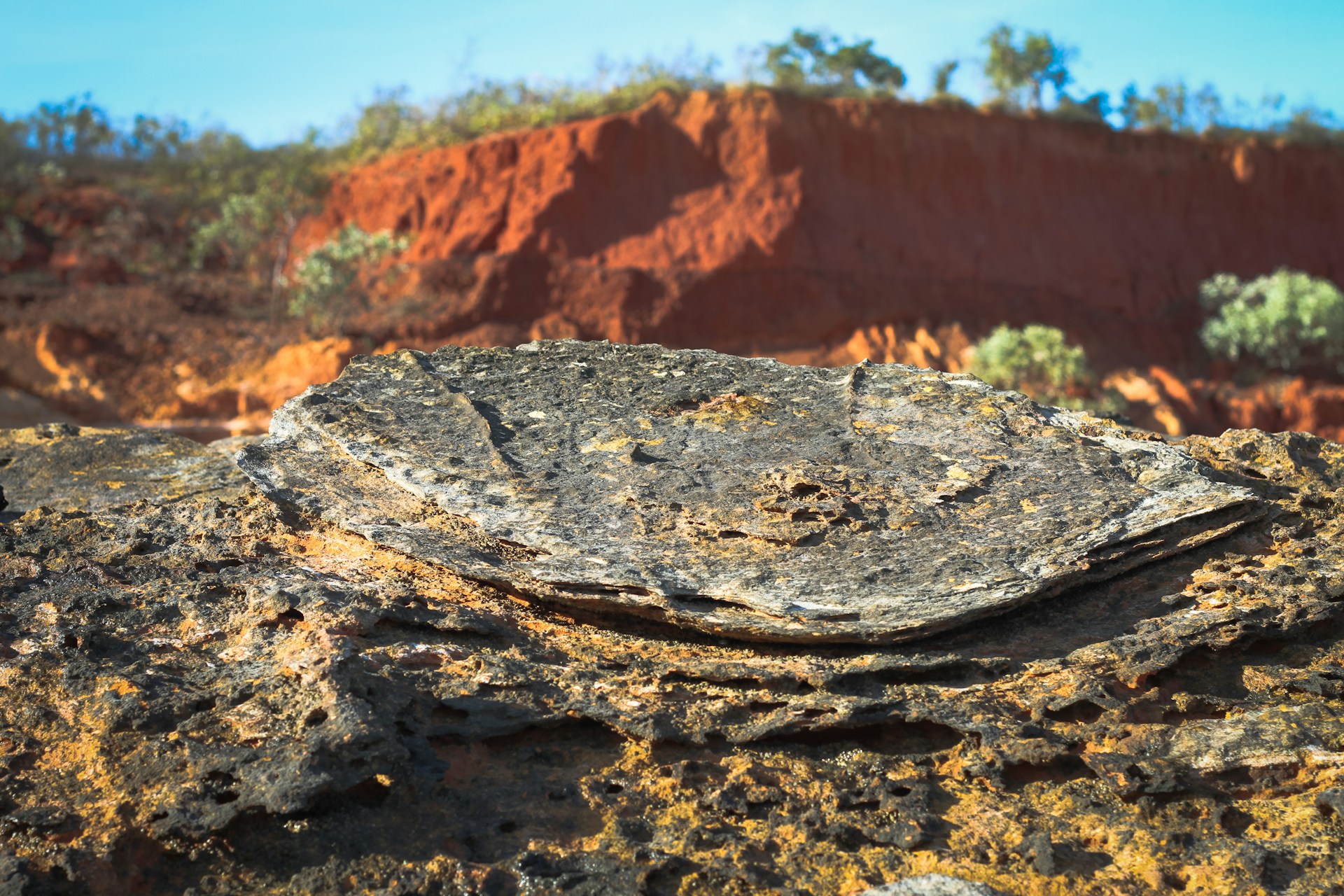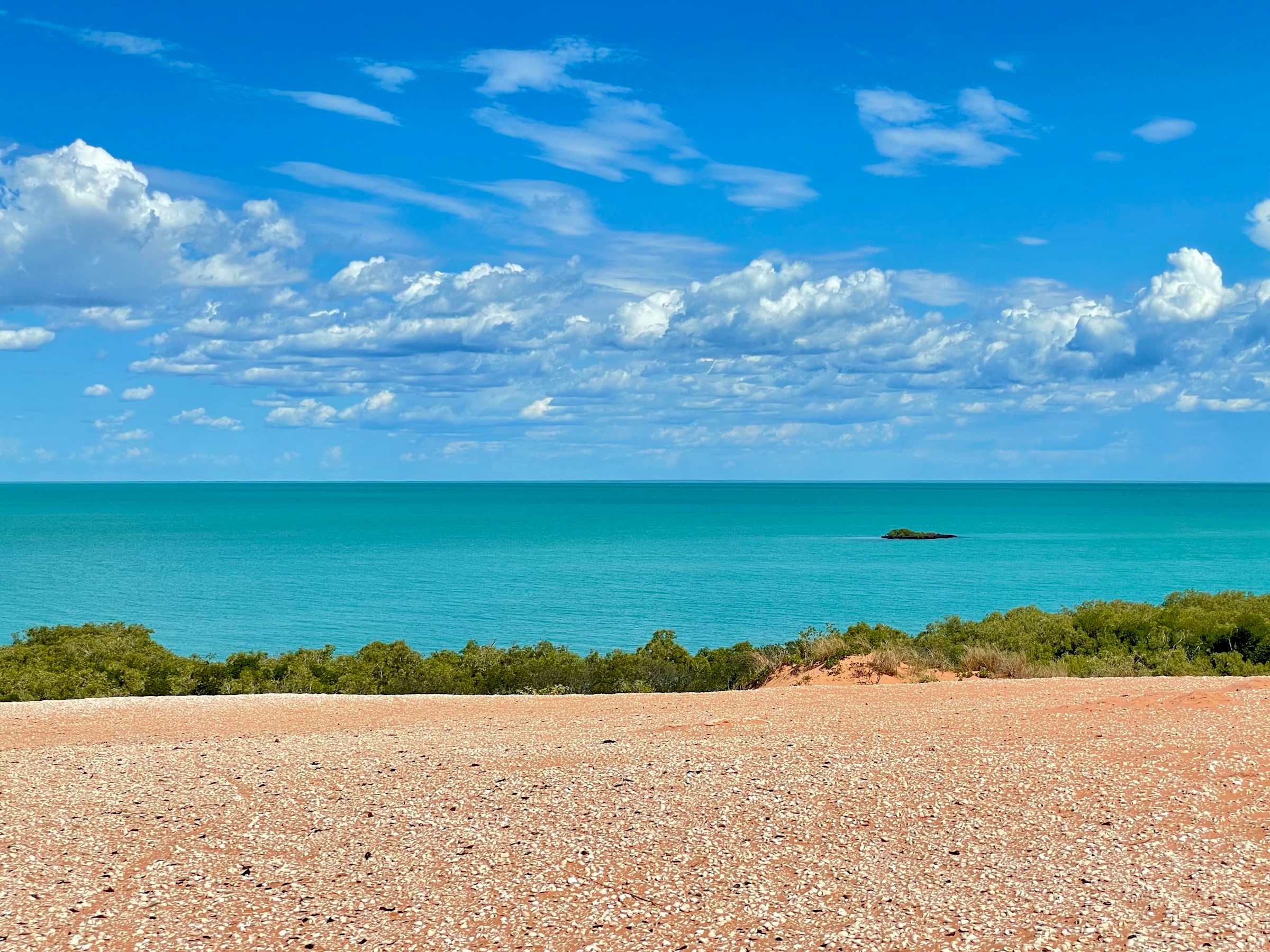Great Barrier Reef / The Kimberley
Australia
Epic Adventures in Land & Sea
Snorkel or dive vibrant coral reefs, fish for barramundi in remote rivers, and sail to untouched shores. Discover hidden waterfalls like King George Falls, hike through dramatic gorges, and explore ancient Indigenous rock art. Encounter sea turtles, whales, and crocodiles while immersing yourself in the wild beauty of the Great Barrier Reef and the Kimberleys.
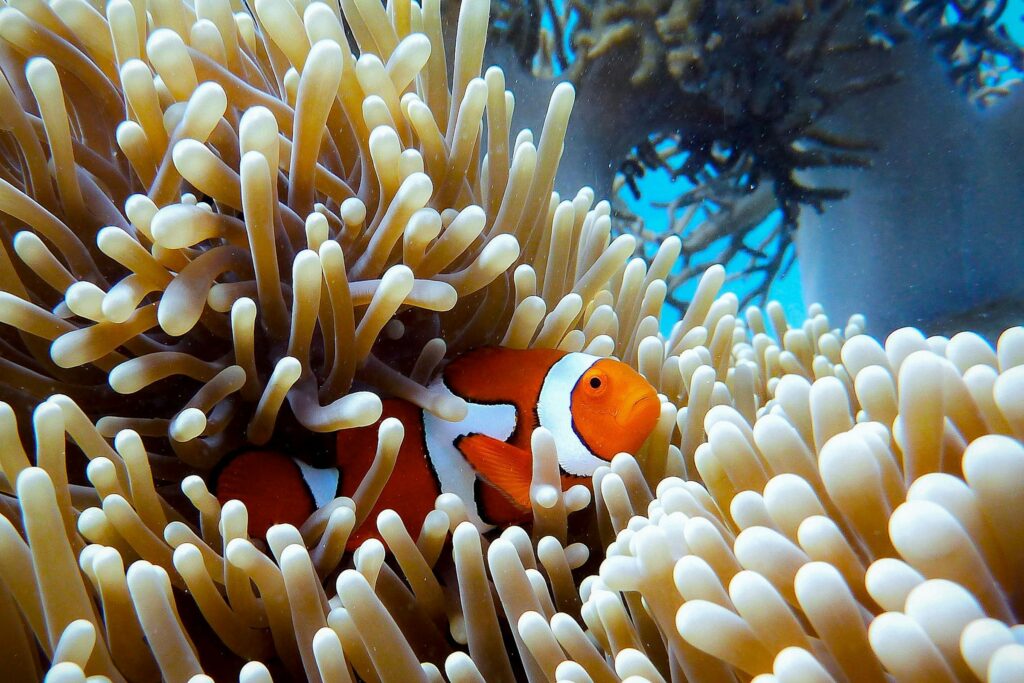
The Kimberley’s Ancient Connection to Africa
The Kimberley region was once part of Africa, India, and Antarctica, forming part of the supercontinent Rodinia over 750 million years ago. Geological evidence shows that Kimberley’s rock formations closely resemble those in Namibia and South Africa. As Rodinia split, the Kimberley landmass drifted away, eventually becoming part of Australia. This ancient past shaped the region’s towering escarpments, deep gorges, and fossilized reefs, making it a geological wonder and one of Earth’s most visually striking landscapes.
Great Barrier Reef: The World’s Largest Living Wonder
Culture
The Great Barrier Reef is not just a natural wonder—it holds immense cultural and spiritual significance, particularly for the Aboriginal and Torres Strait Islander peoples. For over 60,000 years, Indigenous Australians have lived in harmony with the reef, weaving its marine life and landscapes into their Dreamtime stories, traditions, and art. Visitors can engage with Indigenous guides who share their ancestral knowledge, from navigating the sea using the stars to the deep spiritual connection between the land and water.
Beyond Indigenous heritage, the reef is an icon of modern conservation efforts, with scientists and marine biologists working tirelessly to protect its fragile ecosystems from climate change and environmental threats.
Wildlife
The Great Barrier Reef is the largest coral ecosystem on the planet, stretching over 2,300 km and home to an astonishing variety of marine life. The clear, warm waters of the reef support:
- Over 1,500 species of fish, including clownfish, parrotfish, and the mighty potato cod
- Majestic manta rays, reef sharks, and hammerhead sharks
- Gentle dugongs, which graze on seagrass meadows
- Five of the world’s seven species of sea turtles, often seen nesting on sandy shores
- Humpback whales and dwarf minke whales, which migrate through the reef’s waters
Above the water, the reef’s islands and cays provide sanctuary for rare seabirds, such as the black noddy, white-bellied sea eagle, and the vulnerable roseate tern.
The Kimberley: Australia’s Wild Frontier
Culture
The Kimberleys is one of the last untouched wilderness regions in the world, where ancient landscapes and Indigenous history intertwine. For thousands of years, the Aboriginal peoples of the Kimberleys—such as the Wunambal, Gaambera, and Balanggarra—have lived in deep connection with the land. Their art, particularly the Gwion Gwion (Bradshaw) rock paintings, is among the oldest known in the world, depicting stories of ancestral spirits, hunting, and life in this rugged terrain.
Visitors can explore sacred rock art sites, learn about Dreamtime stories, and experience traditional practices, such as bush medicine and spear fishing, passed down through generations.
Wildlife
The Kimberleys’ vast and remote landscape supports some of Australia’s most unique wildlife, from marine creatures to land-dwelling marsupials. Highlights include:
- Humpback whales, which migrate to the warm waters of Camden Sound, the largest humpback whale calving ground in the world
- Saltwater crocodiles, the apex predators of the Kimberleys’ rivers and estuaries
- Dingoes, rock wallabies, and short-eared rock kangaroos, found in the rugged gorges and escarpments
- Rare birdlife, including the striking Gouldian finch, osprey, and wedge-tailed eagle
The region’s dramatic tides also create unique marine ecosystems, where diverse fish species thrive in the mangroves and reef-fringed islands.
Discover Australia
